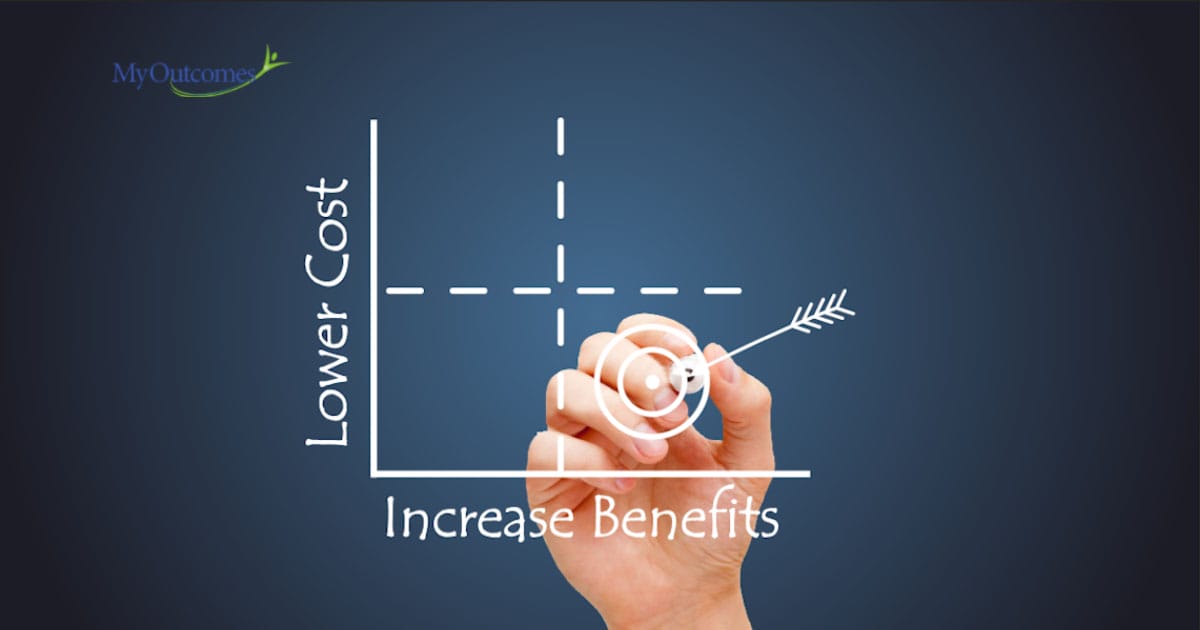In the realm of mental health care, particularly within agencies focusing on addiction and substance abuse, the quest for efficient, effective therapeutic practices is constant. MyOutcomes, a platform offering a streamlined approach to monitoring client progress through Feedback Informed Treatment (FIT) practices, including the Outcome Rating Scale (ORS) and Session Rating Scale (SRS), stands out. This article delves into a comprehensive cost-benefit analysis of implementing MyOutcomes, aimed at assisting therapists and clinics in evaluating the return on investment (ROI) of this innovative platform.

Implementing MyOutcomes requires an initial investment that includes subscription fees for access to its comprehensive suite of therapy tools. These tools are designed to enhance patient satisfaction by enabling therapists to tailor interventions more closely to each client’s needs. Additionally, training costs to ensure that therapists and administrative staff are proficient in utilizing the platform effectively should be considered. While these expenses may seem daunting at first, the benefits derived from this investment far outweigh the cost.
At the core of MyOutcomes’ appeal is its evidence-based approach, leveraging the ORS and SRS to provide real-time feedback on client progress. This immediate insight allows therapists, whether psychologist or psychiatrist, to adjust treatment plans dynamically, ensuring that interventions are as effective as possible. For agencies dealing with addictions and substance abuse, where timely and targeted therapy can significantly influence recovery trajectories, the potential for improved treatment outcomes is invaluable.
Patient satisfaction is a critical metric for any health service provider. By adopting MyOutcomes, clinics can foster a more participatory environment, encouraging clients to engage actively in their recovery processes. This engagement is facilitated by the use of the Session Rating Scale and Outcome Rating Scale which empower clients by giving them a voice in their treatment. Higher satisfaction levels not only enhance the therapeutic alliance but can also lead to better retention rates, a crucial factor in the long-term treatment of addiction and substance abuse.
The adoption of MyOutcomes streamlines several operational aspects of clinical practice. By providing therapists with efficient access to client progress data, the platform reduces administrative burdens, allowing for more time to be dedicated to direct client care. Furthermore, the improved treatment outcomes and enhanced patient satisfaction can translate into a more favorable reputation, potentially increasing client referrals and, by extension, revenue streams.
The decision to implement MyOutcomes in agencies focused on addiction and substance abuse treatment is not trivial. It involves weighing the initial and ongoing costs against the tangible benefits of improved treatment efficacy, patient satisfaction and operational efficiency. However, for those committed to adopting an evidence-based practice approach, the return on investment can be significant. By enhancing therapist accountability, facilitating client participation and ultimately improving treatment outcomes, MyOutcomes presents a compelling case for its adoption in the mental health field.
